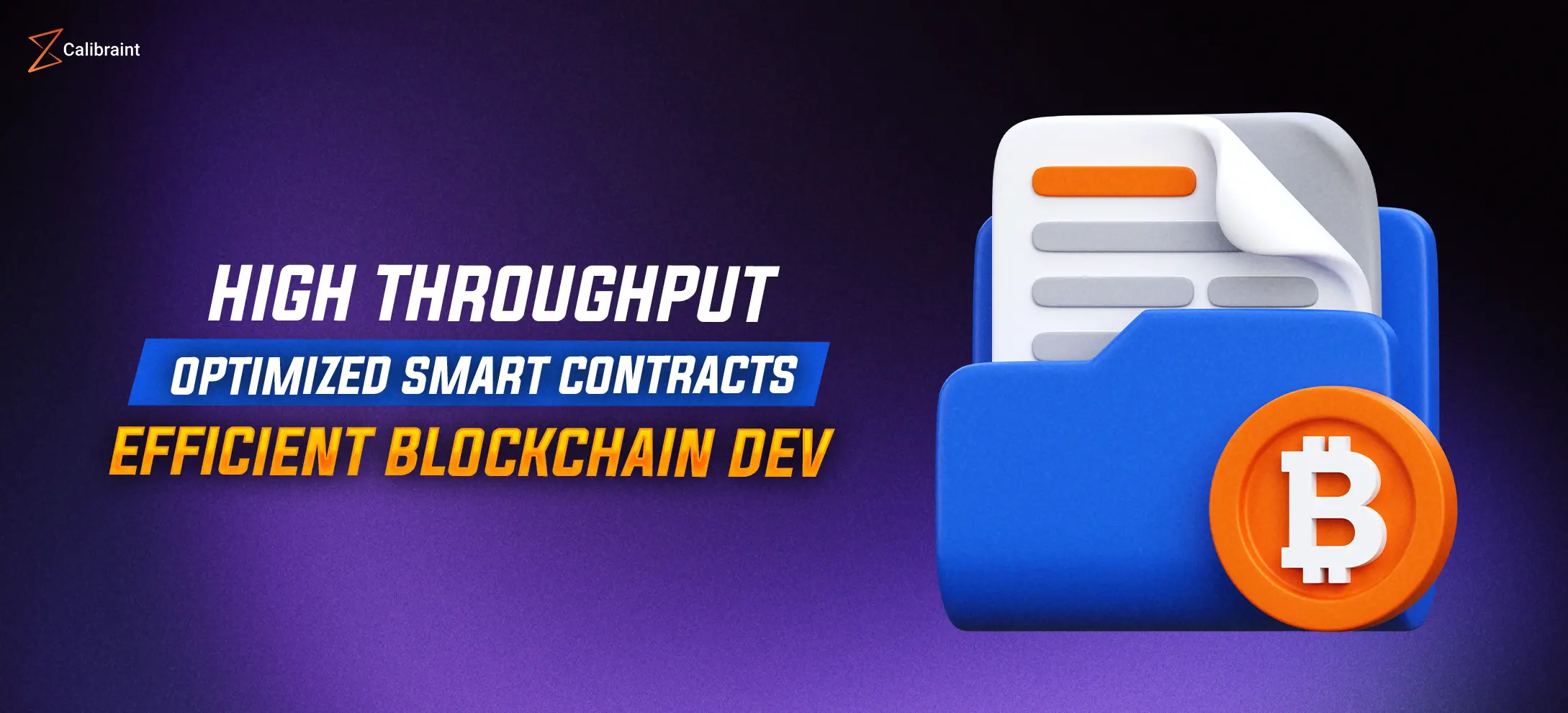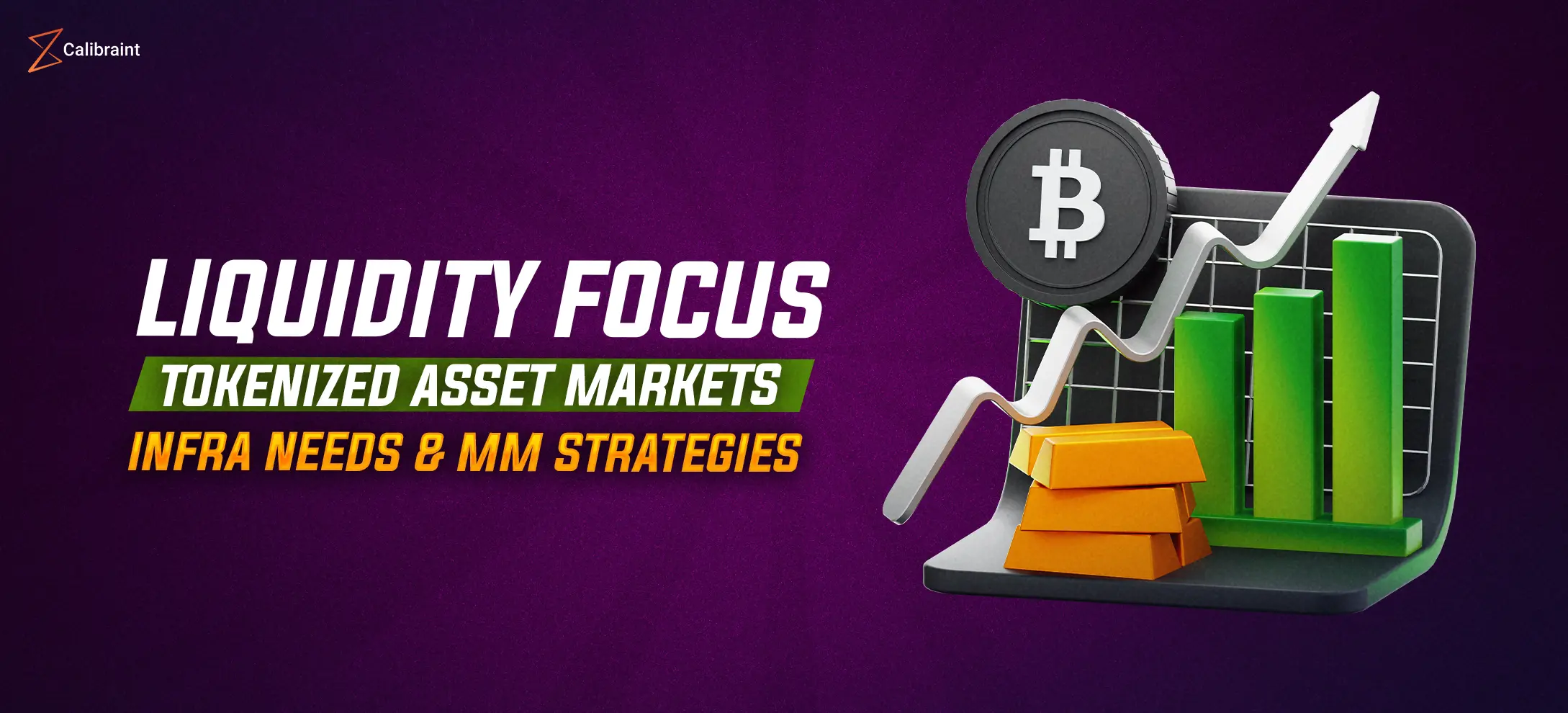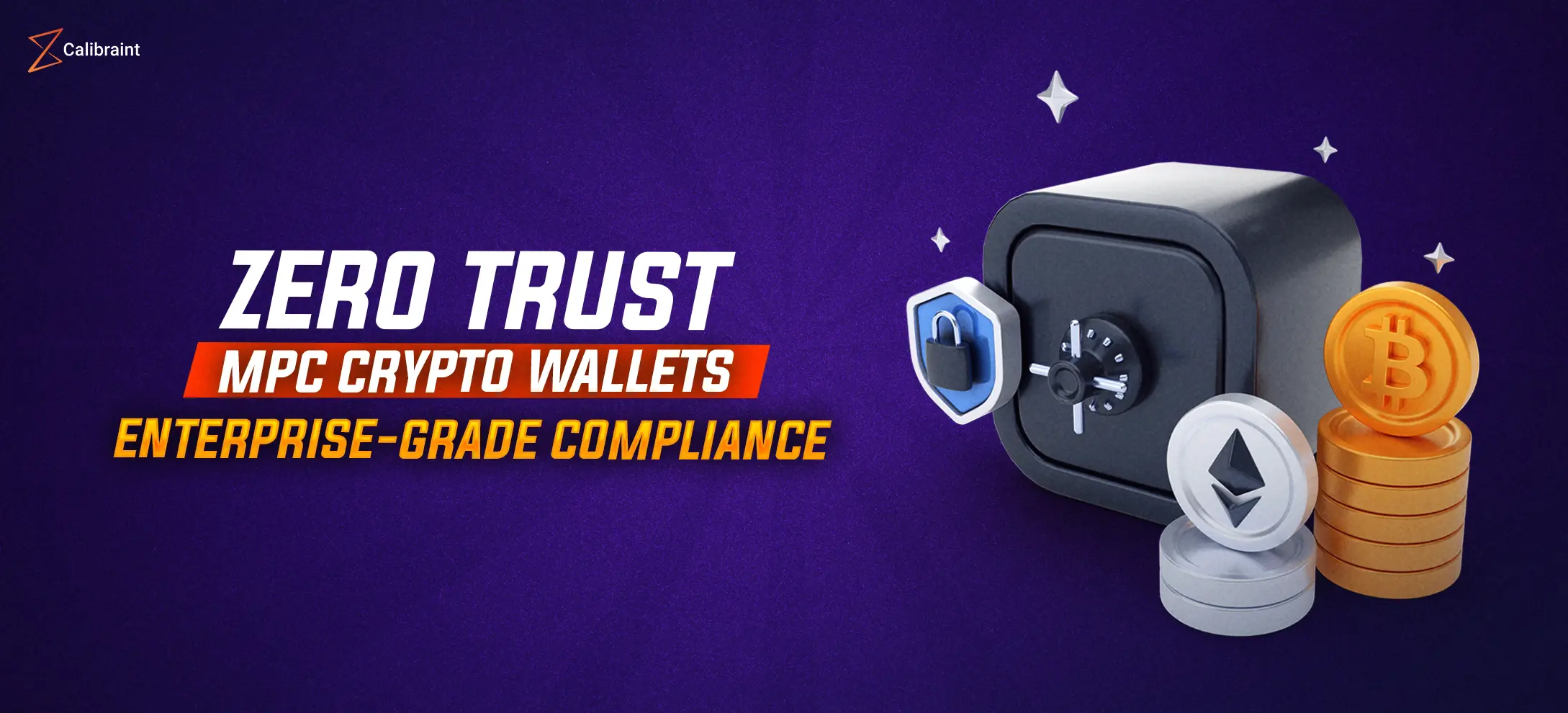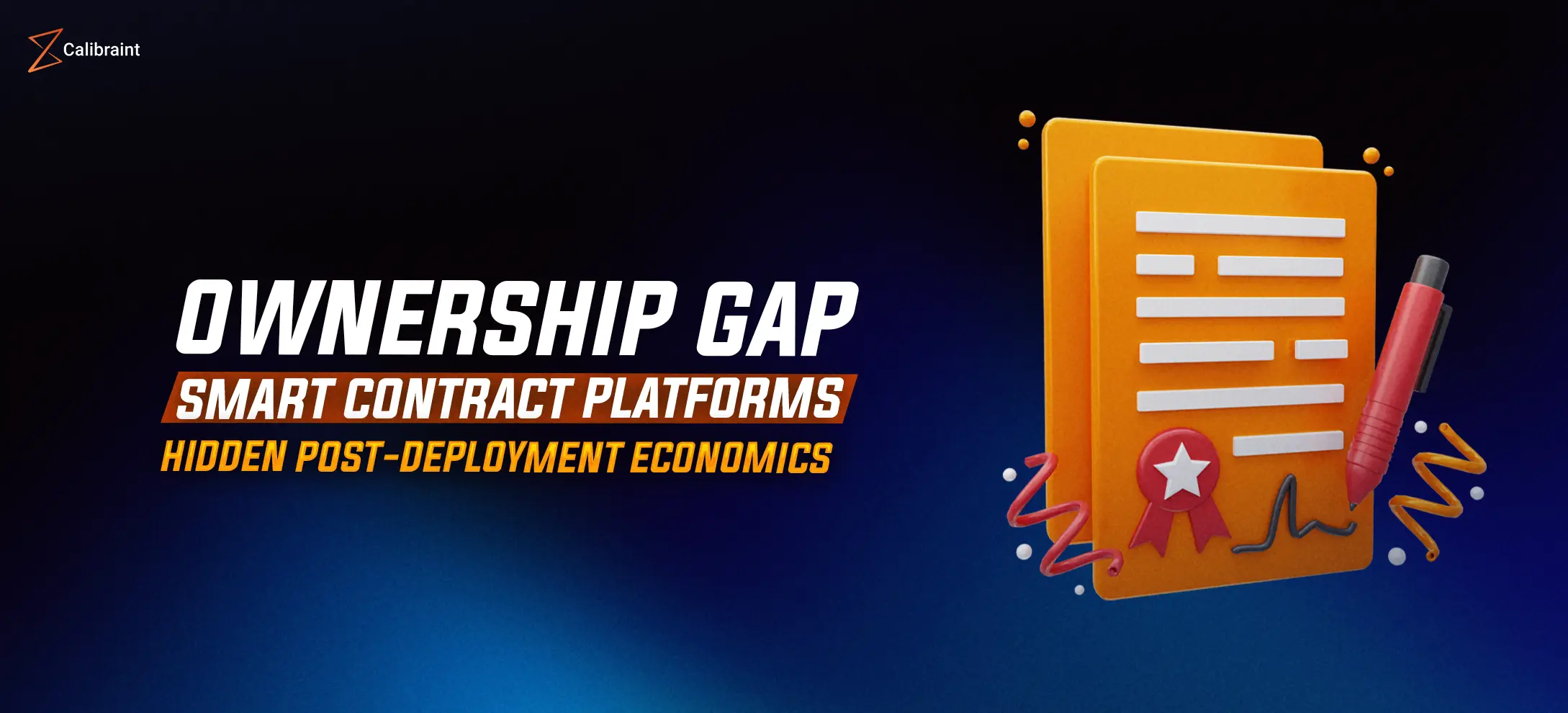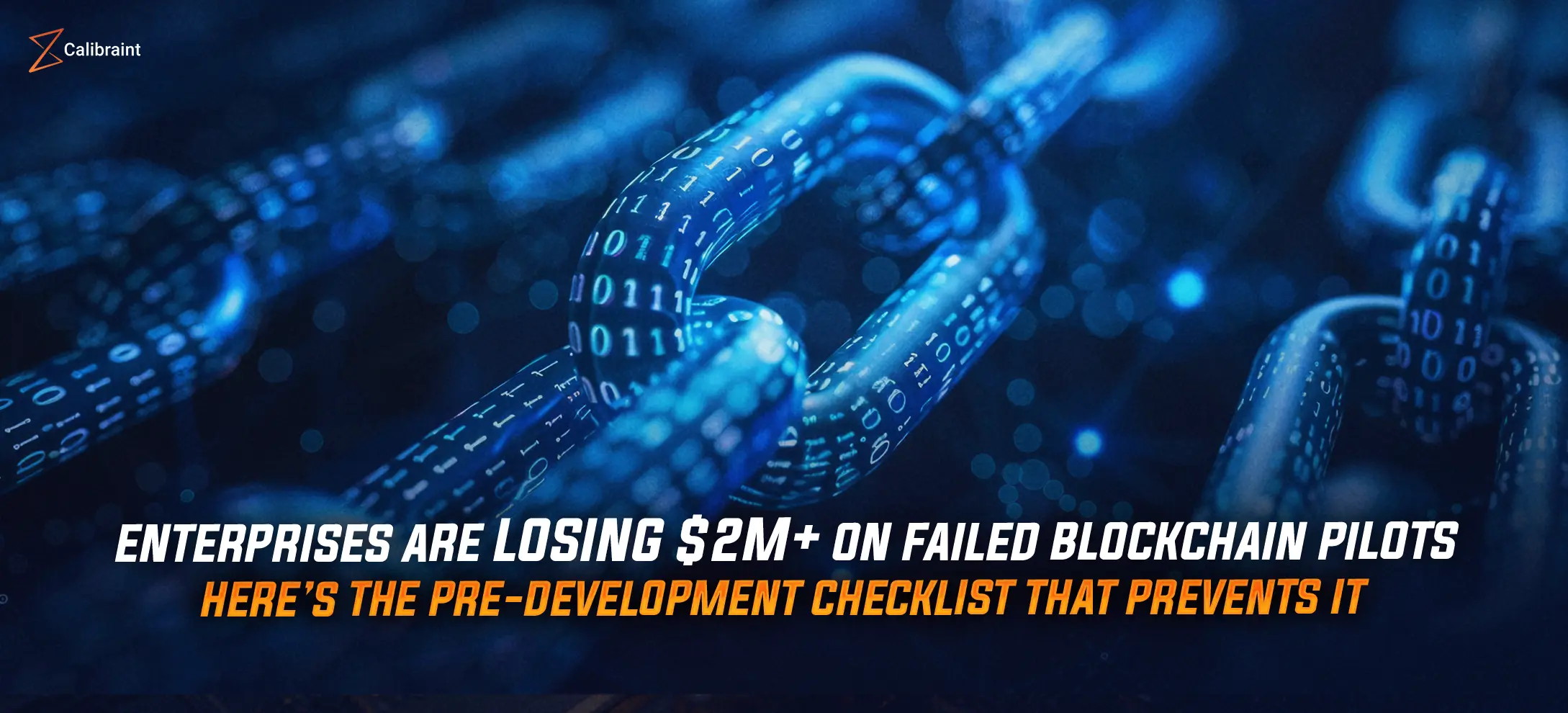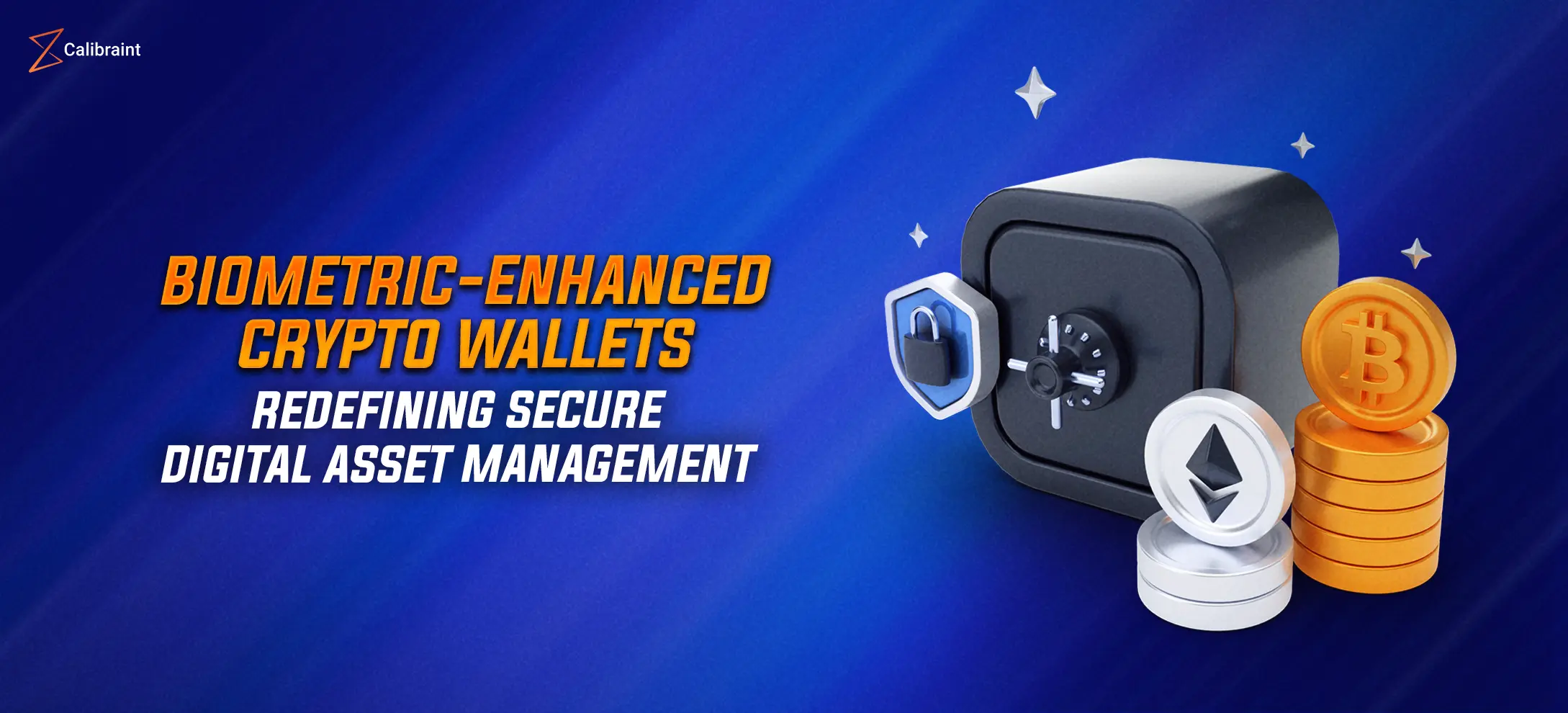Understanding SocialFi Investment Opportunities: A Guide to Emerging Digital Assets
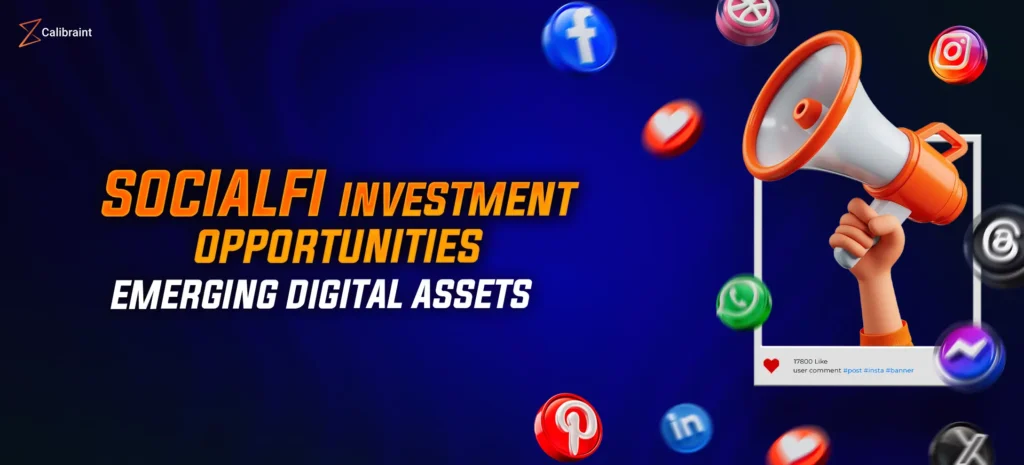
Social media once monetized your attention. SocialFi and decentralized social platforms flip that model, putting ownership and value back into users’ hands. Every post, interaction, or community can now generate rewards through tokens, NFTs, and governance participation.
According to market research, the SocialFi market was valued at USD 2.5 billion in 2024 and is projected to climb to USD 10 billion by 2033, growing at a 17.5% CAGR between 2026 and 2033.
In this blog, we will explore SocialFi investment opportunities, including platform tokens, creator economies, governance models, and NFT-based communities. You will discover how these decentralized social networks shift value to users and unlock new investment pathways.
Understanding SocialFi and Decentralized Social Platforms
SocialFi, a fusion of “social” and “finance,” represents the integration of social media with decentralized finance principles. It empowers users to own, monetize, and govern their digital interactions through blockchain technology. Unlike traditional platforms, SocialFi offers a user-centric model where participation translates into tangible value.
Decentralized social platforms
Decentralized social platforms are blockchain-based networks where users retain full control over their data, content, and digital assets. Governance is distributed, reducing reliance on centralized authorities.
Web2 vs. Decentralized Social Models
Traditional Web2 platforms operate on centralized architectures, where user data is controlled and monetized by the platform. In contrast, decentralized social models utilize blockchain to distribute control, ensuring users retain ownership of their data and content. This shift promotes transparency, reduces censorship, and increases trust within communities.
Key Features of Decentralized Social Platforms
- User Ownership: Individuals control their data and digital assets, reducing reliance on central authorities.
- Tokenized Engagement: Users earn tokens through interactions, incentivizing active participation.
- Transparency: Blockchain’s immutable ledger ensures accountability and openness in platform operations.
As decentralized social platforms gain traction, the opportunities for investment in SocialFi are expanding.
Why SocialFi Investment Opportunities Are Rising?
You see strong traction in socialfi and decentralized social because these platforms let users convert participation into ownership and value. This new model is drawing serious investor interest. In 2024, SocialFi startups secured $469 million in funding, with most of it flowing into early-stage projects. That momentum reflects growing confidence in SocialFi’s ability to reshape digital interactions and creator-driven economies.
Investors categorize opportunities into three types:
- Platform Tokens: You gain ownership in social networks and protocols, exposing yourself to network growth and adoption.
- Creator Tokens: You support specific influencers or creators directly, with upside tied to their reputation and content.
- Infrastructure Tokens: You back the layers that power socialfi platforms—often lower risk with steadier returns.
Unlike typical crypto assets, these investments often track real adoption metrics like user growth, content interaction, and creator involvement rather than relying solely on market speculation.
Key SocialFi Platforms and Their Investment Potential
The SocialFi ecosystem is powered by platforms that already command capital, users, and institutional backing. Let’s look at the leading projects shaping where value flows next.
Friend.tech
Friend.tech allows users to monetize social connections through user-issued tokens and unique engagement mechanisms. It emphasizes decentralized ownership while experimenting with novel monetization models, providing early-stage investors exposure to innovative socialfi approaches.
Farcaster
Farcaster is a decentralized social protocol focused on user privacy and governance. The platform has garnered institutional support and developer adoption, positioning it as a robust infrastructure for socialfi and decentralized social initiatives.
Lens Protocol
Lens Protocol delivers a composable social graph on-chain, allowing users to maintain portable identities and content across applications. Developed by the AAVE team, Lens emphasizes cross-platform interoperability and decentralized ownership, making it a cornerstone for investor-focused socialfi platforms.
Mirror
Mirror empowers creators to mint written work as NFTs, enabling full ownership and decentralized monetization. Its features include token gating, crowdfunding, and collaborative publishing, supporting sustainable engagement models within the creator economy.
Investment Considerations
When evaluating these platforms:
- Focus on technical architecture and protocol resilience.
- Examine the developer community and governance structures.
- Assess platform differentiation and adoption potential.
- Consider network effects and cross-platform portability as long-term competitive advantages.
SocialFi Tokens and the Creator Economy Revolution
As SocialFi platforms mature, tokens have become the core mechanism driving value for creators and communities, enabling monetization, governance, and direct user engagement.
Token Categories
- Personal Tokens: These tokens are directly associated with individual creators, allowing fans to invest in and support their favorite personalities. They often grant holders access to exclusive content or experiences, which promote a closer connection between creators and their audience.
- Community Tokens: Representing entire creator ecosystems, these tokens enable fans to participate in the governance and growth of the community. Holders may influence decisions, vote on initiatives, or share in the community’s success.
- Social Platform Tokens: Issued by decentralized social platforms, these tokens facilitate platform governance and can be used for staking or accessing premium features. They align the interests of users and developers, promoting a more decentralized and user-centric platform.
Monetization Models
Creators are exploring various avenues to monetize their content and engagement:
- Token Sales: Creators can issue their own tokens to raise funds, offering early supporters a stake in their success.
- Transaction Fees: Platforms may charge fees on transactions within the ecosystem, such as purchases or transfers of tokens.
- Premium Feature Access: Offering exclusive content or services to token holders can create a revenue stream while enhancing user engagement.
- Collaborative Project Participation: Engaging in joint ventures or community-driven projects can provide additional income and foster a sense of community.
Investment Strategies
When investing in SocialFi ecosystems, consider the following strategies:
- Evaluate Creator’s Unique Value Proposition: Assess the creator’s niche, content quality, and engagement levels to determine their potential for sustained success.
- Analyze Community Engagement: A strong, active community can drive the success of a creator’s ecosystem, making community engagement a critical factor.
- Diversify Investments: Spreading investments across different creators and platforms can mitigate risks associated with individual performance.
- Monitor Platform Development: The evolution of the underlying platform, including its scalability and feature set, can significantly impact the success of the creator’s ecosystem.
Web2 to Web3 Transition: SocialFi Adoption Strategies
Transitioning from Web2 to Web3 presents both opportunities and challenges for SocialFi platforms. Understanding adoption trends, user migration patterns, corporate integration, and technical barriers is crucial for managing this shift.
Adoption Trends
SocialFi adoption within Web2 platforms is currently limited but shows a steady upward trajectory. Hybrid models that integrate traditional and decentralized social media features are emerging as promising avenues for near-term growth.
User Migration Patterns
Users often maintain active profiles on both traditional and SocialFi platforms, indicating a preference for gradual adoption over complete platform migration. This behavior suggests that users are exploring decentralized options while retaining familiarity with established platforms.
Corporate Integration
Major brands are increasingly experimenting with community tokens and exclusive digital experiences. This corporate engagement not only accelerates SocialFi adoption but also lends legitimacy to decentralized platforms, bridging the gap between traditional business models and Web3 innovations.
Technical Barriers
Challenges such as wallet creation, gas fees, and private key management continue to pose significant obstacles for non-technical users. Platforms that address these usability issues are better positioned to attract and retain a broader user base, facilitating smoother transitions from Web2 to Web3 environments.
With a clearer understanding of adoption dynamics, it’s essential to explore effective investment strategies and risk management approaches in the evolving SocialFi landscape.
Conclusion
The world of SocialFi and decentralized social platforms is undergoing a significant shift, creating new opportunities for creators, investors, and communities to find and share value. Whether it’s a platform’s own digital tokens or unique creator-backed assets, earning and governance options are expanding quickly within these emerging social finance models. Understanding these new digital economies, how platforms operate, and what drives their growth is now vital for anyone entering this exciting area.
To turn these promising ventures into successful outcomes, working with a skilled development team is essential. Calibraint provides specialized DeFi development services and solutions that help businesses build secure, stable, and user-friendly SocialFi platforms.
Whether launching your digital asset economy, enhancing social features, or maximizing creator monetization, Calibraint ensures your platform delivers expert solutions. Join with us today.






















